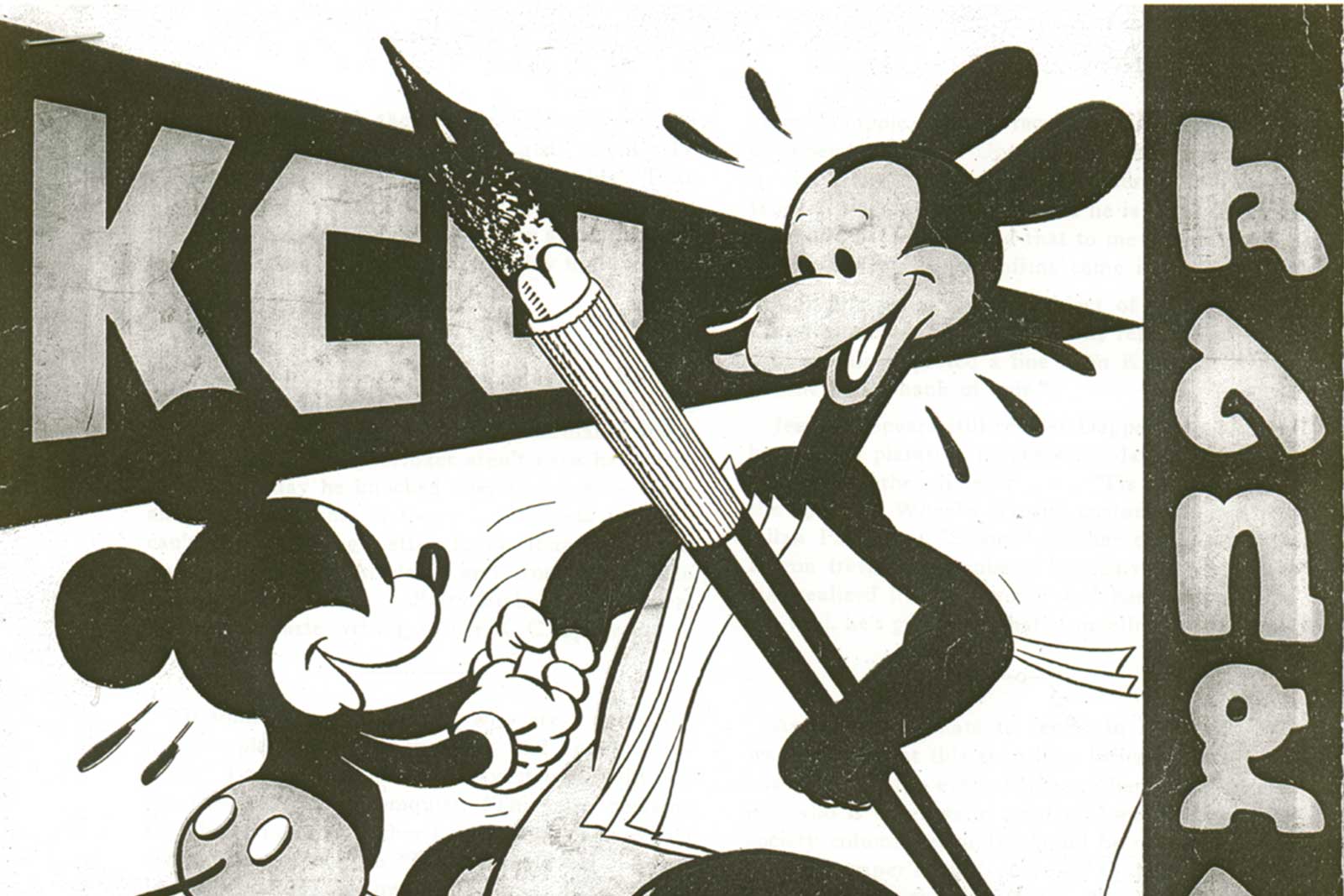The small group of 260 students who began classes at then University of Kansas City (UKC) on Oct. 1, 1933 paved the way for the more than 135,000 graduates who have joined our alumni ranks. And on that opening day, more than 2,000 community members celebrated our campus' beginning in what would become a hallmark of this university's story: civic engagement.
Our university's history is far more than the mile markers of buildings and programs. It's about those who founded it. Those who built it brick by brick. Those who have stood by it. Those who have made a difference within its walls. And those who have left its grounds to make their mark on the world.
To tell the story of UMKC, let's start in the late 1920s, when the country and economy were reeling from the Wall Street crash. Despite that, Kansas City's leaders were determined to move forward and cement the region's future with several bold moves — thus establishing a never-ending mission to provide education in order to supply the city with working professionals who would give back to the community.
One of the first bold moves was local businessman and philanthropist William Volker's 40-acre purchase in 1930 that would become the UKC campus. In just a few short years, UKC established its first library, classrooms, cafeteria and administrative offices — all housed in the Dickey mansion — known today as Scofield Hall.
While the 1930s were defined by the Great Depression, Volker and Kansas City leaders continued to celebrate huge milestones and growth for its newly established university. Major highlights include:

Over the next two decades, UKC made headlines by welcoming the School of Law, which had its beginning in 1895, and establishing the UKC School of Dentistry and the School of Pharmacy. Enrollment also surged as World War II came to an end.
The next two decades were a time of growing political awareness, student and feminist movements, cultural trends and environmentalism. In 1963, after three decades as a private institution, the financial instability of UKC led it to become a part of the University of Missouri System, which today includes:
After the university's historic change, progress continued to follow, with the construction of several halls and the Miller Nichols Library. Other major strides for UMKC included:

UMKC saw steady growth in several areas throughout the 1980s-'90s. From growing relations with Asian countries to the rapidly changing technology, the university celebrated a lot of exciting accomplishments.
Although the markets and economy tumbled, this decade marked significant growth for UMKC. Through public and private partnerships, the university opened several new residence halls to accommodate the growing undergraduate student body and the desire for an on-campus college experience.

UMKC has come a long way since 1929, and we have no plans of slowing down any time soon. Today, UMKC is a unique, thriving university spread across two campuses — and a place that thousands of students from all 50 states and more than 85 countries call their home away from home.
Come visit campus and see for yourself all that makes UMKC what it is today.
Check out more of these at-a-glance guides to UMKC.

You've learned how we became the university we are today. Now, discover all the reasons why so many choose us as their home away from home.

Our diverse student population is a huge part of what makes UMKC so great. Get a glimpse into the life of our students and check out all the ways you can get involved.

Want to know what's in store UMKC's future? Explore our UMKC Strategic Plan - also known as our road map to success — and our vision for the next several years.